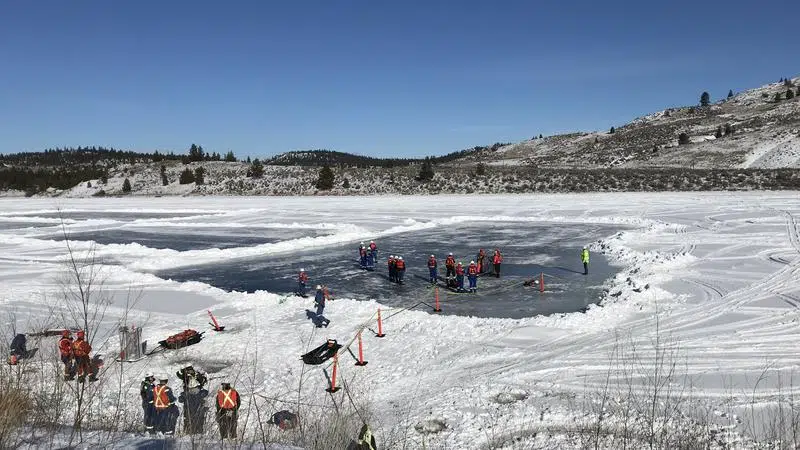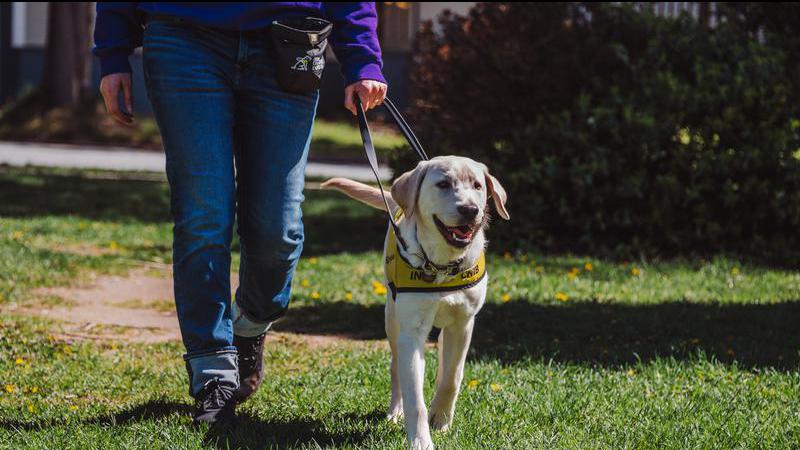
Trans Mountain holds wintertime simulation of pipeline rupture response
KAMLOOPS — Trans Mountain pipeline ruptures have not been common in Kamloops, but today more than 200 personnel were practicing, and learning what would happen if a spill occurred in the local area.
Participants and observers were spread out between a field response exercise and a simulation of what an off-site Incident Command Post would be doing in the event of a spill.
Trans Mountain’s Director of Emergency Management, Kelly Malinoski, says the training exercise at Inks Lake was based around a simulated, full-bore pipeline rupture on the route that passes by Jacko Lake. (Due to access constraints at Jacko Lake, the simulation was moved to nearby Inks Lake instead.)


